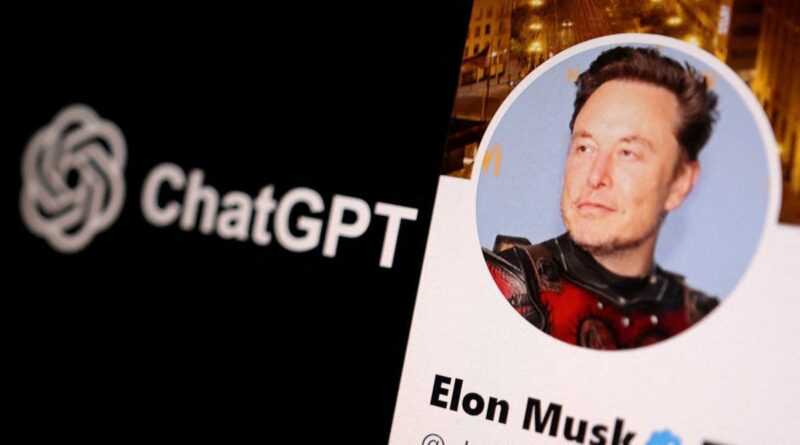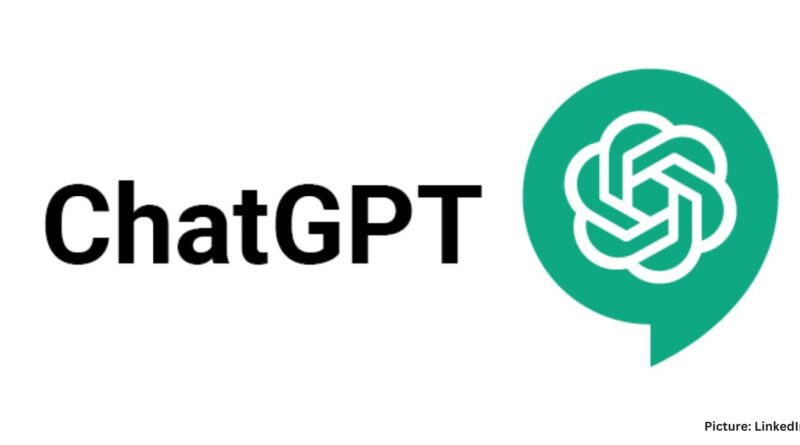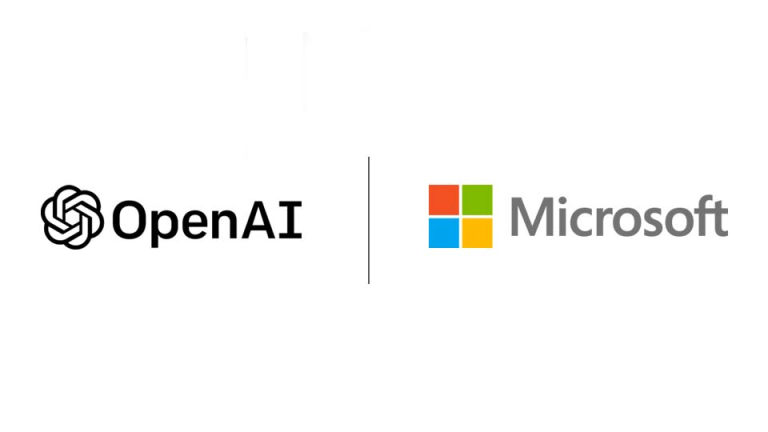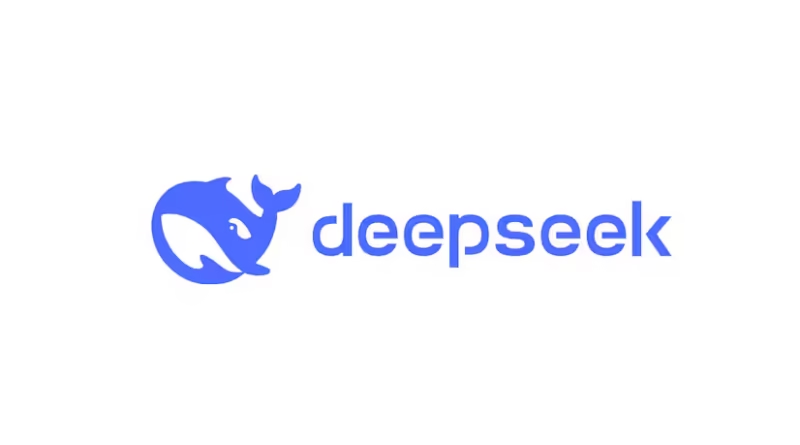Sony’s PlayStation Network down for nearly 20 hours, now restored, users to get free PS Plus days
Sony’s PlayStation Network (PSN) suffered a global outage on Saturday, February 8. Thousands of gamers faced connectivity issues due to this glitch and were unable to access online services, stores, and multimedia apps.
Users also complained about login issues. The outage started at around 5:20 PM ET and lasted for nearly 20 hours. Server failure complaints peaked at 5:49 PM ET, as Down Detector recorded over 65,000 complaints within approximately half an hour of the issue starting.
Meanwhile, the company itself recognized the issue and informed users about it on X (formerly Twitter). “We are aware some users might be currently experiencing issues with PSN,” PlayStation said in a post.
Speaking of the details, many users encountered error messages, like “PlayStation Network is currently undergoing maintenance (WS-37432-9),” while trying to access PSN services.
These messages repeatedly appeared on their screens, preventing them from logging in or playing online. Users had no option but to either close the message and wait or check PlayStation’s support page for further updates on the issue.
Considering the timing of the outage, the problem became more significant, as the evening hours are generally peak gaming times. Many users were returning home from work or school.
Notably, the PlayStation outage was not limited to a single country or region, it affected players worldwide. This means the disruption spanned multiple time zones, impacting gamers at different times of the day. Both casual players and esports professionals were affected, making the outage a significant issue for all types of users.
The PSN outage severely disrupted essential PlayStation services, preventing users from engaging in various online activities. Many players reported being unable to log into their PSN accounts, access their friends lists, or join multiplayer games.
As a result, online-based titles such as Call of Duty: Modern Warfare III, Fortnite, Grand Theft Auto Online, EA FC 24, and Destiny 2 became inaccessible. This left competitive gamers particularly frustrated, as they rely on stable online connections for ranked matches and team-based gameplay.
The outage affected all PlayStation devices, not just one specific console. Players using the PS5, PS4, PS3, and PS Vita all reported connectivity problems.
Additionally, the disruption wasn’t limited to gaming consoles – it also impacted PlayStation’s web-based services, including PlayStation Direct (the online store) and the PlayStation mobile app, making it difficult for users to access PlayStation services across different platforms. Of course, this is not the first time PlayStation has experienced a major outage. Last year, in October, the PlayStation Network was down for several hours.
Sony has now announced offering free PS Plus days to all affected users.
Also Read:
Related:- OpenAI adds new features to WhatsApp ChatGPT, including voice messages
Related:- DeepSeek: The Chinese AI app that has the world talking
Related:- Vivo T3X receives an official price cut: Check What it costs now
Follow Startupcolleges on Facebook, Instagram, and Twitter, for the latest updates from the startup ecosystem. Subscribe to our YouTube Channel for more entrepreneurship, business, and corporate solution videos.









